10 Most Dangerous Dog Breeds: A Comprehensive Guide

Dangerous dog breeds is a topic of significant concern due to their potential to cause harm to humans and other animals. However, the concept is debated among experts, who believe the dog's behavior is heavily influenced by factors such as training, socializing and temperament.
Since the 1980s, there has been a significant increase in both the number and severity of dog bites in the United States. A survey conducted in 2001, 2002, and 2003 revealed that there were approximately 4.5 million American dog bite victims annually, constituting 1.5% of the entire population. Fence aggression is also a common phenomenon, as dogs often feel the need to defend their homes.
Each year, around 4 million people suffer from dog bites, resulting in just 30 to 50 fatalities, meaning that fewer than 1% of bites result in death. Among those hospitalized for dog bites, 43% required treatment for skin and tissue infection, 22% had wounds on their limbs, and 10.5% had wounds on their head, neck, or torso, with other patients experiencing various complications such as bone fractures or blood poisoning. Dog attack victims in the US collectively endure over $1 billion in financial losses annually.
10.
Alaskan Malamute: Powerful bites

The Alaskan Malamute, characterized by its large, powerful, and energetic nature, may not always heed its owner's commands. Responsible for 4 deaths during the study period, it boasts a formidable bite force of 400 PSI. While resembling the Siberian Husky, the Malamute surpasses it in size, weighing up to 90 pounds. These dogs possess abundant energy and can get into trouble if not properly trained from a young age. Despite their involvement in only four fatalities in the study, they are considered dangerous due to their powerful bites.
9.
Doberman Pinscher: Bred to attack

Doberman Pinschers, bred with a purpose to attack, have a long-standing reputation as highly successful guard dogs due to their effectiveness in this role. With a bite force of 600 PSI, their name "pinscher" originates from the German term for their method of attacking and biting prey. While responsible for six deaths within a year, this number is not prolific. Nonetheless, their capability and power remain undeniable.
8.
Boxers: Powerful breed
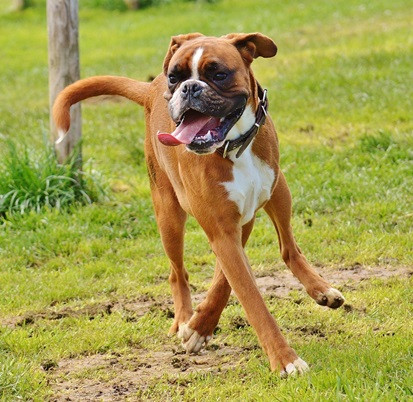
With a history of seven fatal attacks recorded in recent studies, Boxers also have a track record of non-fatal bites. Muscular, energetic, and protective, they possess a bite force of 230 PSI. Despite their dopey appearance, they were bred to be working dogs, displaying abundant energy and weighing up to 80 pounds of muscle. Given their tendency for non-fatal bites, similar to other breeds with inherent risks, it's advisable that you get this breed if you are experienced in training dogs.
7.
Labrador Retrievers: Suited to hunting
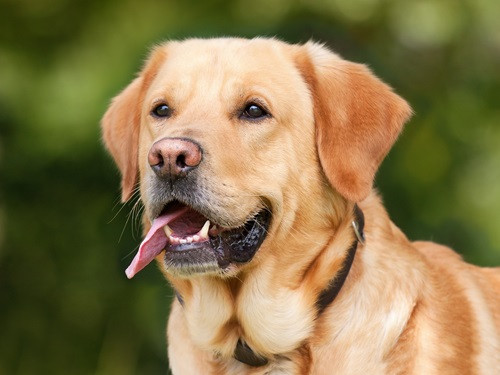
Labrador Retrievers, comprising 2.1% of attacks, are known for their large, powerful, and athletic build. Initially friendly, they can become defensive when they sense a threat. With a bite force of 230 PSI, these hunting dogs are adept at working alongside humans. Weighing up to 80 pounds and standing around 2 feet tall, they are substantial in size but are not typically suited for guard dog roles due to their trusting nature towards people.
6.
American Bulldog: Formidable breed with a mighty physique
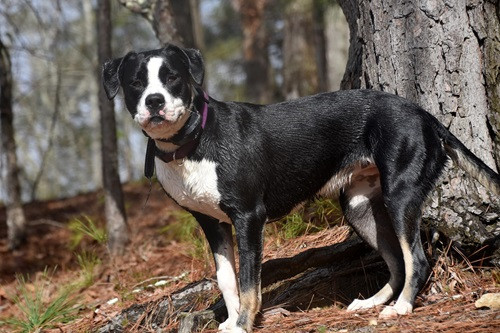
The American Bulldog, averaging around 100 pounds, possesses a thick, powerful, and muscular build, making it one of the most formidable dog breeds. With a bite force of 305 PSI, it wields a strong bite and can deliver forceful pounces capable of knocking a grown human to the ground.
5.
Siberian Husky: Prey targets include small animals

Known for their robust survival instincts, Siberian Huskies possess a bite force of 320 PSI and have a history of attacking both adults and children who confront them. With a natural inclination to pursue prey, their targets may include smaller animals as well as humans.
4.
Bullmastiff: Capable of inflicting severe damage

With a weight reaching up to 130 pounds and boasting a formidable bite force of 552 PSI, this bullmastiff breed is capable of inflicting severe damage. While they are loyal and protective of their families, they can be wary of visitors. Though attacks by this breed are not common, their sheer size makes them capable of causing significant harm. In a year, they accounted for 14 fatalities, constituting 3.2% of fatal dog attacks.
3.
German Shepherd: Highly dangerous, yet trainable
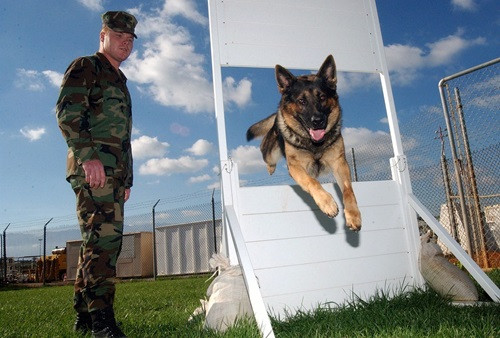
Responsible for 20 fatalities, with a bite force ranging from 238 to 291 PSI, German Shepherd typically weigh around 90 pounds and stand at a height of approximately 2 feet. They serve as valuable assets for law enforcement and military operations. Despite their potential for non-fatal bites, they are known to be trainable, showcasing adaptability and discipline in their roles.
2.
Rottweiler: A bite force of 328 PSI
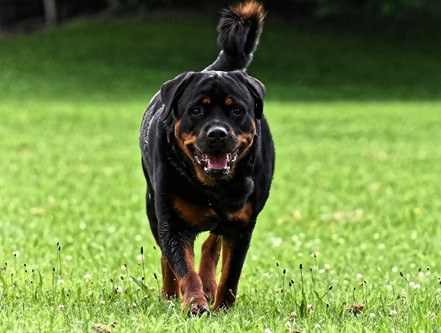
During the study period, there were 45 fatal attacks attributed to Rottweilers, known for their protective instincts towards their family while exhibiting wariness towards visitors, whether welcomed or not. Possessing considerable strength and occasionally displaying a challenging temperament, Rottweilers wield a bite force of 328 PSI, a testament to their powerful jaws and their adeptness in utilizing them. Originating from Germany, they have a historical background in herding and guarding duties.
1.
Pit Bull: Bred for their dangerous traits
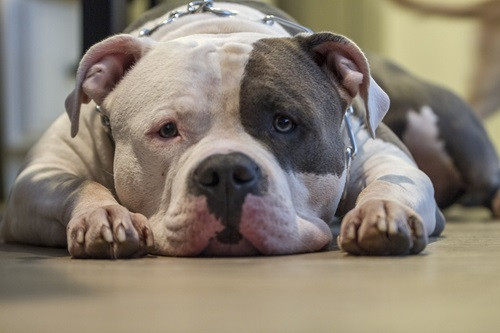
The largest breed category, responsible for two-thirds of fatal bites and 284 deaths attributed to pit bull attacks, possesses a formidable bite force of 235 PSI (pounds per square inch). Over 13 years, this group accounted for approximately two-thirds of all fatal dog bites in the United States. Originating from generations of hunting and fighting dogs, they were intentionally bred for their dangerous traits.
Prioritize socialization
Dog breeds and their propensity for attacks highlight the importance of responsible ownership, proper training, and public awareness. While certain breeds may have a higher likelihood of aggression or causing harm, individual temperament and upbringing play significant roles in a dog's behavior.
© Copyright IBTimes 2024. All rights reserved.





















